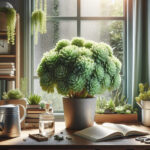Introduction to Sedum as Indoor Plants
Walk into any plant lover’s paradise, and you’ll be greeted by the pleasant presence of sedums, those easy-going succulents that are usually spotted basking in the glory of the sun. However, the question arises—can sedum be an indoor plant? The answer is a resounding yes! Imagine bringing a touch of the outdoor succulent gardens right to your cozy reading nook or your sun-drenched living room. It’s totally doable, and the outcome is just as delightful as it sounds.
Now, I know what you’re thinking: “Sedums? Indoors? But they’re sun worshippers!” True, but hear this out. With a strategic setup and the right variety, sedum can indeed deck your halls with their unique beauty. Sedum, often known for its robust outdoor persona, transitions surprisingly well to the controlled climates of our homes. It’s like discovering a secret garden of versatility within these fleshy-leafed wonders. You don’t have to take my word for it, though; dive into the world of indoor sedum cultivation and witness how these hardy beauts can transform a mundane space into a verdant oasis.

Take Jenna, for example, a fellow green thumb enthusiast who whispered life into her studio apartment with the addition of ‘Ruby Glow’ sedum. Perching it by her east-facing window, she provided just enough sunlight to keep it blushing with vibrant colors all year round—a truly enchanting sight to behold. If Jenna can do it, so can you! And no need to worry if you’re thinking about the specific care these indoor sedums require. For those little hints and tips on keeping your leafy companions in tip-top shape, check out our insights on thriving succulent care.
Let’s get down to the nitty-gritty: sedum as an indoor plant is not some far-fetched dream. It’s a reality waiting to sprout in your very living space. From the petite, desktop-friendly ‘Cape Blanco’ to the trailing allure of ‘Burrito’ sedum, these succulents are game for indoor life. They’re not mere plants; they’re living sculptures, adding a slice of nature’s artistry to any indoor setting. So why not welcome a sedum or two into your home and let their serene beauty whisper nature’s tranquility right where you need it most?
Benefits of Having Sedum Indoors
Imagine a lush, vibrant green sedum sitting prettily by your sunlit window, not only adding a touch of nature’s charm to your home but also doing far more behind its beautiful facade. Yes, introducing sedum as an indoor plant can be a game-changer for indoor environments. Let’s dig into the array of surprising benefits these hardy succulents bring to your indoor oasis.
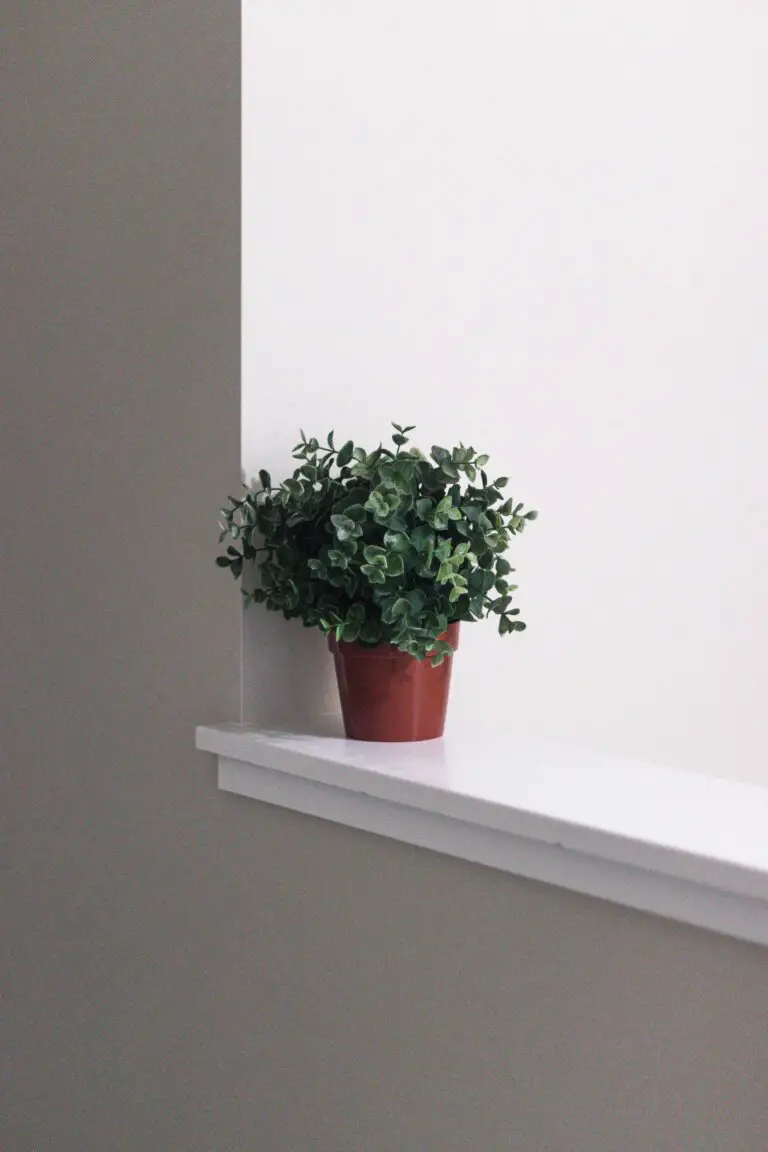
Firstly, sedum plants are renowned air purifiers. With oxygen production and pollution absorption capabilities, these resilient succulents can help create a fresher, cleaner breathing space. Studies reveal that having plants indoors, like the sedum, can improve air quality significantly, which is crucial for maintaining a healthy indoor climate. How wonderful is that?
Moreover, sedums are a smart choice for those seeking a hassle-free green companion. Due to their low-maintenance nature, these stoic beauties can thrive with minimal care – they don’t fuss over water, tolerate a range of lighting conditions, and ask for little in terms of fertilization. For expert advice on succulent care, you can always explore more on our detailed care guide. It goes without saying that the less time you spend worrying about keeping your plants alive, the more you can enjoy the serenity they offer.
Bringing in a sedum plant indoors can be the small yet potent dose of nature that rebalances your living space. Not only do these succulents foster a more pleasant and aesthetically pleasing environment, but they also promote well-being by simply being part of your daily scenery.
Selecting the Right Sedum Varieties for Indoor Growth
Ever wondered if your love for Sedum—the robust, drought-tolerant succulent—could extend beyond the garden borders and into your home? Yes, it’s possible! The fierceness of the Sedum, the botanical warrior of the outdoors, can be tamed to complement the serenity of your interiors. The key is in selecting the right varieties that are not just survivors but indoor charmers as well.
Imagine a Sedum variety with fleshy leaves adding a pop of jade green to your bookshelf, or a cascading Sedum morganianum, playfully known as the “Burro’s Tail,” spilling over the edge of a hanging basket against a plain, white wall. By matching the right species with the ideal spot in your house, you can create living art that breathes life into your personal space.

Let’s say you’re after a minimalist aesthetic—Sedum sieboldii with its round, flat leaves presents a simple yet sophisticated vibe. Or perhaps, the nooks and crannies of your sunny windowsill are yearning for attention? A petite Sedum dasyphyllum, with its tiny, blue-green leaves, can fill up that void with ease and grace. It’s not just about survival; it’s about thriving and elevating your indoor atmosphere with the right Sedum buddies.
It’s not all sunshine though—some Sedums may crave the embrace of the outdoors. But don’t be disheartened! Research and experimentation are your friends here. Start with varieties known for their adaptability to indoor conditions, and observe. The right Sedum can turn an ordinary room into a sanctuary, a place where nature and design coexist harmoniously, adding a touch of green splendor to your daily life.
Now that you’re armed with knowledge, it’s time to embark on the gratifying journey of handpicking the Sedum varieties that will thrive indoors and perfectly echo your decor ethos. Embrace the challenge, and watch as these resilient beauties transform your home into a verdant utopia.
Essential Care Tips for Indoor Sedum
When it comes to the lively succulent known as sedum, you might be surprised to find that this robust garden-dweller can do quite well inside your cozy abode. But how, you ask? Well, lean in, green thumbs and succulent newbies alike, and I’ll share with you the secrets to keeping your sedum contentedly growing in your living room, bedroom, or even that nook by the window you never knew what to do with.
Let Light Lead the Way
First off, if you want your sedum to stay perky and presentable, think sunlight – these plants aren’t vampires, after all! Sedums bask in the glow of generous lighting. We’re talking about a spot where the sun’s rays touch down like a spotlight on a stage, at least for part of the day. Not to the point of a desert midday sun, of course, but just enough to make them feel like they’re the star of the show. Bright, indirect light will keep them blushing and thriving.
Watering: Less is More
Moving on to hydration – sedums are like the camels of the plant kingdom, storing water in their thick leaves and stems. This means less work for you! A watering routine that’s more poet than paddler will do. Week after week, check the soil with a poetic touch before giving them a drink. And when you do water, do it thoroughly so that every root gets a taste, then let it dry out before the next encore. It’s that simple rhythm of wet-and-dry that keeps them happy.
Just Right Humidity and Temperature
As for humidity, your sedum isn’t picky. Average home humidity will do, just keep them away from the sauna conditions some plants crave. And temperature? Think moderate, room temperature — they don’t need tropical heat, nor do they want to shiver in the cold. Keep them away from drafty windows or that AC vent blasting cold air in the summer, and they’ll be snug as a bug.
If you’re still scratching your head or looking for more visual guidance on caring for your indoor sedum, take a peek at this helpful video. It’ll walk you through the dos and don’ts with some handy visuals to match!
Still thirsty for more knowledge? Check out MyGardenLife.com for even more sedum savvy tips!
So there you have it – keep these essentials in mind, and your indoor sedum will not just survive; it will thrive, bursting with life and adding that green touch of serenity to your indoor sanctuary.
The Ideal Soil Mix and Containers for Indoor Sedum
Let’s face it, we can’t all have a garden, but that doesn’t mean we can’t have a slice of the greenery pie! Sedum, a vibrant and diverse group of succulents, can absolutely rock the indoor plant life—if you play your soil cards right and choose your container with care. This is less about simply filling a pot and more about curating a mini ecosystem for your sedum to thrive!
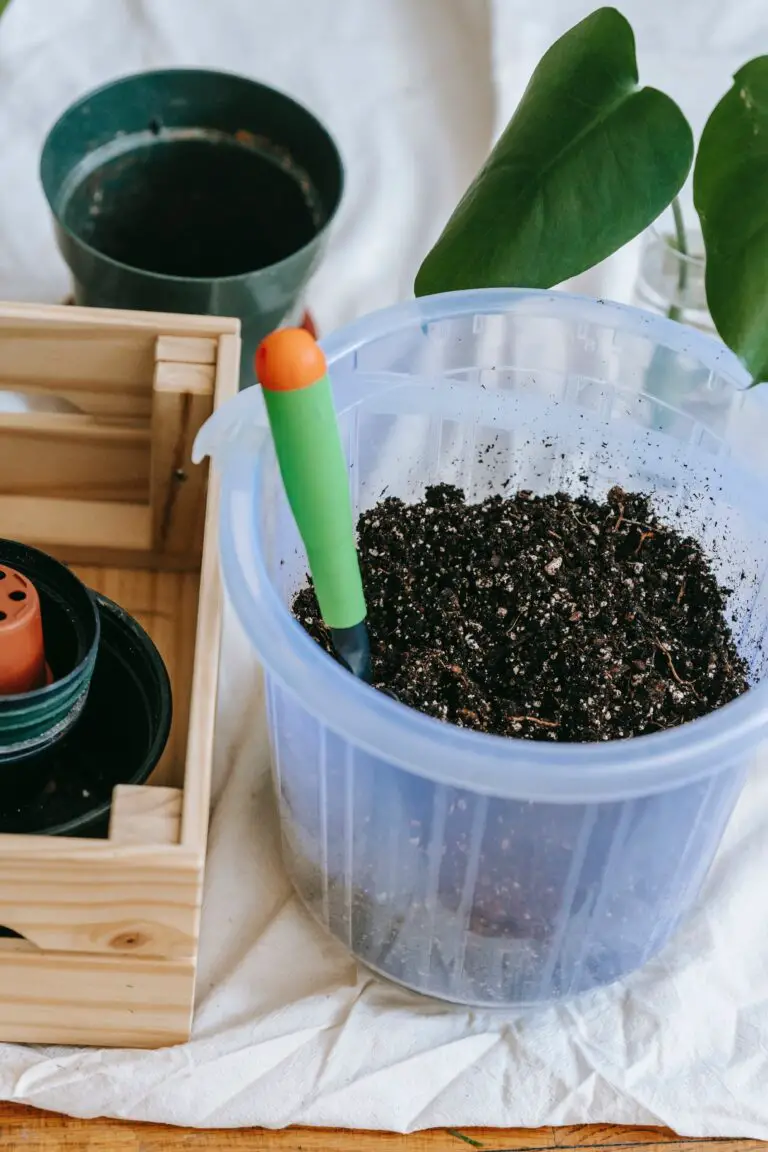
Soil composition is the foundation of your indoor sedum’s health. Imagine this: you’ve got your heart set on a delicious home-cooked meal, but without the right balance of ingredients, it’s just not going to sing on your taste buds. The same goes for sedum; they need a mix that’s light, drains faster than your bathtub, and yet is as nutritious as a triple-A-grade smoothie. Just like that perfectly balanced dish, the ideal blend usually contains a mix of potting soil, coarse sand (like that of a beach volleyball court but minus the volleyball players), and perlite or pumice. This combo is the secret sauce for preventing root rot, a notorious mood killer for our succulent friends.
Now, let’s talk about the VIP section where your sedum’s roots will hang out—the container. Size matters, as Goldilocks taught us; you want one that’s just right. Too big, and the soil retains more moisture than needed, which can lead to overly soggy roots. Too small, and your plant’s growth can be stunted faster than a child actor hitting puberty. We’re aiming for a happy medium: a pot that cradles the root ball with about an inch or two to spare. Bonus points if you find a container with a drainage hole because, much like us after a long day, sedum’s roots need to breathe!
Don’t forget, the type of container also plays a pivotal role in the health of your indoor sedum. Terracotta and ceramic are the charismatic couple of the planter world, as both help wick away moisture to prevent your sedum from getting waterlogged feet. For those who like to travel or often forget to water, self-watering containers could be the ticket—procrastinate on watering, and your sedum won’t throw a fit.
If you’re thirsting for more indoor gardening wisdom, check out this treasure trove of succulent tips that’ll turn you into the ultimate indoor garden guru. Remember, with the right preparation and a dash of love, indoor sedum can be as happy as a clam at high tide—right in your own living room!
Managing Pests and Problems in Indoor Sedums
Inviting sedum plants into the indoor sanctuary of your home calls for a vigilant eye for any unwanted guests. Just like your cozy indoor spaces attract you after a long day, pests find your delectable sedums irresistible. But fear not, green-thumbed friends! We’ll guide you through the common pesky pests and the nemesis of indoor plant peace, ensuring your sedums stay as blissful inside as they make you feel.
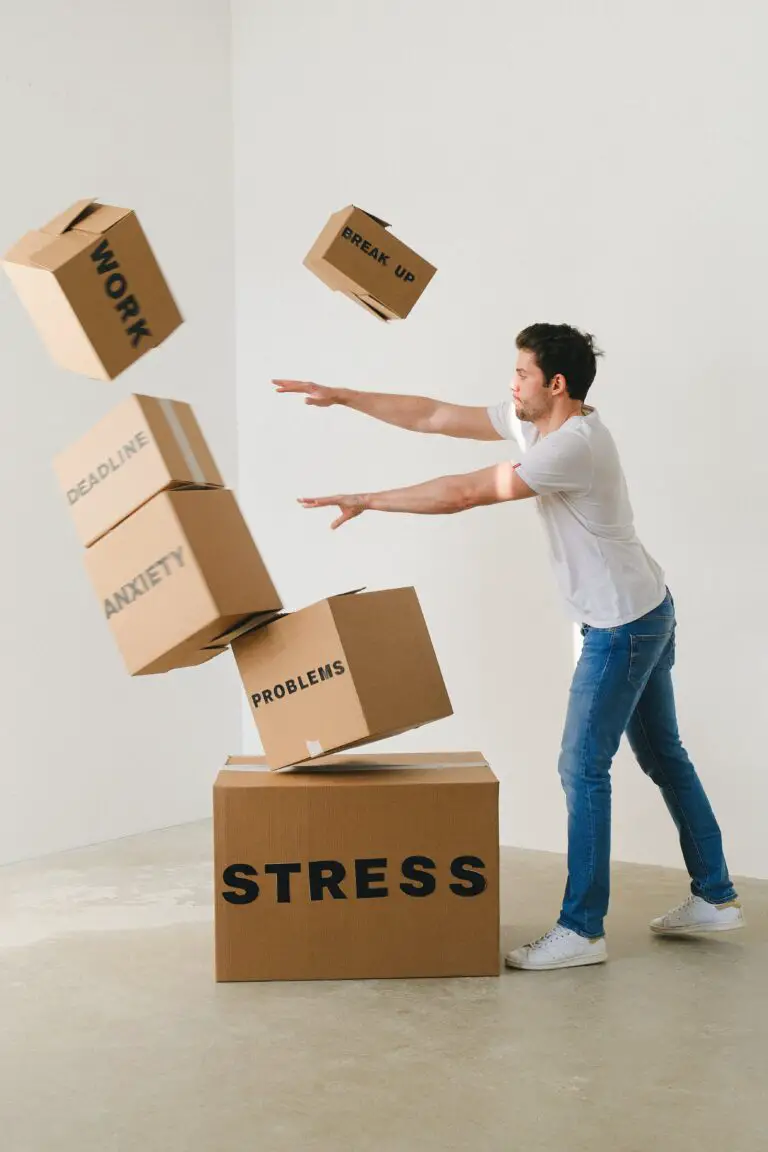
Take, for example, the mealybug, those tiny, soft-bodied villains who cloak themselves in a white, cotton-like fortress. They sneak up on your unsuspecting sedums, ready to sap the plants’ strength. Confrontation is key. Arm yourself with a cotton swab dipped in alcohol and show these trespassers the door. This spot treatment, while tedious, can save your indoor oasis from an all-out infestation.
Aphids are another common perpetrator, known for their insatiable appetites. These miniscule marauders cluster on new growth and tender shoots, forming an unwelcome committee of destruction. A swift blast of water can dislodge them from their feeding frenzy. For more serious outbreaks, introducing their natural predators, like ladybugs, into your sedum’s environment can be a surprisingly effective and organic line of defense.
Let’s not forget about spider mites, which can turn the underside of your sedum’s leaves into their personal webbed wonderland. Their presence is often betrayed by pale stippling on the leaves, a cry for help from your green companion. Increase humidity with a pebble tray or a regular misting schedule, as these tiny terrors despise moisture as much as your sedum loves it.
Finally, fungal issues, such as root rot, can arise from overwatering your diligent desert dwellers. If the topsoil isn’t drying out between waterings, your sedums might be begging you to ease up on the affection. Keep a watchful eye on drainage and soil dryness. Remember, for sedums, less is often more when it comes to hydration.
By acting as the guardian of your garden, whether it’s sprawling or confined to the cozy corners of your living space, you’ll ensure that your can sedum be an indoor plant question is answered with a flourishing, vibrant yes. Regular inspections, targeted treatments, and a dash of prevention can make all the difference in maintaining a serene, pest-free indoor paradise for your sedums.
Propagating and Expanding Your Indoor Sedum Collection
Have you ever looked at your beloved sedum and wished you could clone it? Good news: you can! Propagating sedum indoors is not only possible; it’s a fun and rewarding endeavor that can double or even triple your collection. Imagine having enough sedum plants to create a lush green corner in your home or to gift to your plant-loving friends. It’s time to roll up your sleeves and get into the gratifying world of succulent propagation!
Propagation, in simple terms, is the process of creating new plants from the ones you already have. With sedum, this can be done using leaves, stem cuttings, or even seeds. The magic lies in the resilience of these plants; a single leaf can give life to a whole new sedum that carries the same vibrant colors and textures as its parent. Imagine plucking a leaf from your sedum, giving it a little time, and then witnessing a mini version sprouting—a true plant-parenting moment!
Let’s breakdown the process: First, carefully choose healthy leaves or stem cuttings from your sedum. Gently twist the leaf off the stem, ensuring a clean pull so that no part of the leaf is left on the stem. This attentiveness increases the chance of successful propagation. Now, it’s crucial to let the cutting callous over for a few days—this means allowing the end that was attached to the stem to dry out and form a slight ‘scab’.
Once your cuttings are calloused, lay them atop a well-draining soil mix specifically designed for succulents; there’s no need to bury them, they’ll do the work themselves. Keep the soil slightly moist and watch as tiny roots reach down like curious tendrils searching for nutrients. Then, after a few weeks of patient observation, you’ll spot baby sedums emerging. It’s like witnessing a botanical ballet, where each new leaf unfurls in a slow dance of growth.
For the best results, place your propagating sedum in an area that receives bright, indirect light. Sunlight is the fuel for their growth, but too much can be as harmful as too little. Think of a sun-dappled spot where light filters through gently—this is the sweet spot for your young sedums to thrive.
Remember, patience is key with propagation. This is not about instant gratification but rather about enjoying each step of the journey. Watch each day as your sedum’s roots burrow and establish themselves, transforming your cuttings into strong, independent plants. And before you know it, you’ll have a burgeoning indoor garden full of sedum plants, a testament to your care and dedication.
So can sedum be an indoor plant? Absolutely. By understanding the simple needs of these succulent beauties and mastering the art of propagation, you’ll not only keep your sedum thriving indoors but you’ll also enjoy the delightful experience of expanding your plant family. It’s a green-thumb’s way of sharing love—one leaf at a time.
Can Sedum Thrive Indoors? Secrets to Cultivating these Succulents Inside
If you’ve ever wondered whether your love for the outdoorsy charm of sedum can be matched indoors, you’re in for a treat! These hardy succulents are not just for rock gardens and green roofs; they can also add a touch of nature’s resilience to your living space. But to foster a thriving indoor sedum sanctuary, it’s all about creating eye-catching displays that harness both their beauty and versatility.
Creative Ways to Display Sedum Inside Your Home
Let’s talk terrariums. These miniature gardens enclosed in glass have been all the rage, and for a good reason. They create a self-sustaining ecosystem where sedum can grow with minimal care. Imagine a sleek, transparent container perched on your coffee table, tiny sedum blossoms peeking out like treasure within a shipwreck at the bottom of the sea. It’s not only a statement piece but also a captivating glimpse into the robust world of succulents.
Now consider the enchantment of hanging plants. Sedum, with its sprawling nature and plump leaves, makes for a whimsical addition to any room when suspended from the ceiling or a high shelf. Each time you walk underneath, you enter a botanical world where gravity is defied, and the ceiling becomes a canvas for green artistry.
And we can’t forget living centerpieces. Replace the usual inanimate decor at the heart of your dining table with a lush, living sedum arrangement. It’s a conversation starter that elevates dinner parties while nudging your guests towards a greener lifestyle. Think of it as a fresh take on dining decor, marrying aesthetics with oxygen-giving vitality.
As you consider bringing sedum indoors, remember that these succulents love the spotlight in more ways than one. They thrive in bright, indirect light, mimicking the sunny but sheltered environments they prefer in nature. By choosing the right spot and display method, sedum can indeed become a cherished part of your interior garden.
Frequently Asked Questions
Wondering if your sedum can bask in the cozy corners of your home? You’re not alone! Let’s dig into some common curiosities about keeping sedum plants indoors, shall we?
Can Sedum Really Grow Indoors?
Absolutely! Many plant enthusiasts have witnessed sedum’s versatility first-hand. Picture this: a robust sedum happily perched on a sunny windowsill, its fleshy leaves soaking in the warm light. These hardy succulents can adapt to indoor conditions, provided they get enough love from the sun’s rays filtering through your abode’s windows.
How Much Light Does an Indoor Sedum Need?
Light is like sedum’s best friend—the more they hang out, the happier your plant will be. Place your potted sedum in a spot that gets at least four to six hours of sunlight daily. A south-facing window is a prime real estate for these sun-seeking succulents, helping them thrive and maintain their vibrant colors.
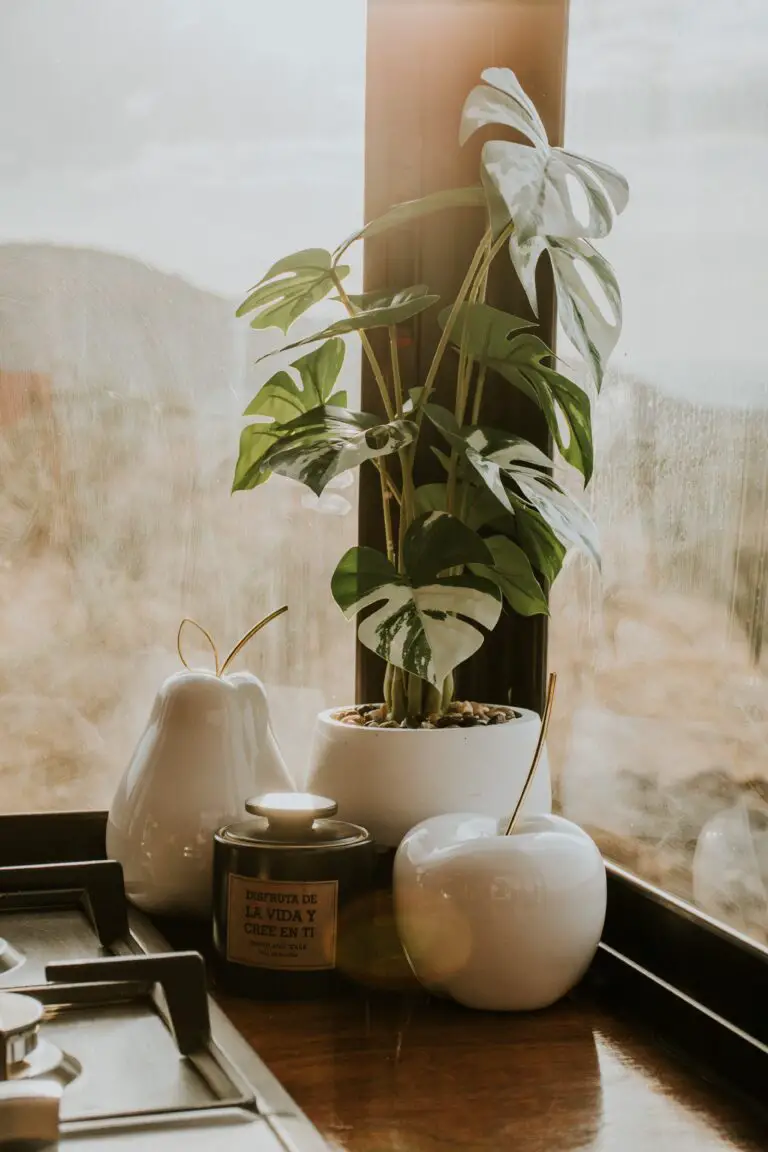
What About Watering and Soil Requirements?
Watering is a fine art when it comes to sedum. Imagine watering your sedum just enough so it’s not thirsty but not so much that it feels like it’s swimming. That’s the sweet spot. The soil should be well-draining to avoid soggy roots. A pro tip: touch the soil; if it feels dry, it’s time to water your green buddy.
Is It Hard to Maintain Sedum Indoors?
On the contrary! Sedums are like the low-maintenance friends we all wish we had. They don’t fuss much over their environment and will forgive you if you forget to water them now and then. They’re resilient, making them a perfect choice for both novice gardeners and busy plant lovers. Just make sure they get their sunbath, and they’ll be good to go.
Can Indoor Sedum Plants Flower?
Yes, they can! With the right care, sedum can surprise you with charming little flowers that add a dash of delight to your interior space. It’s like hosting a miniature garden party right there in your living room, with your sedum playing the role of the gracious host.



